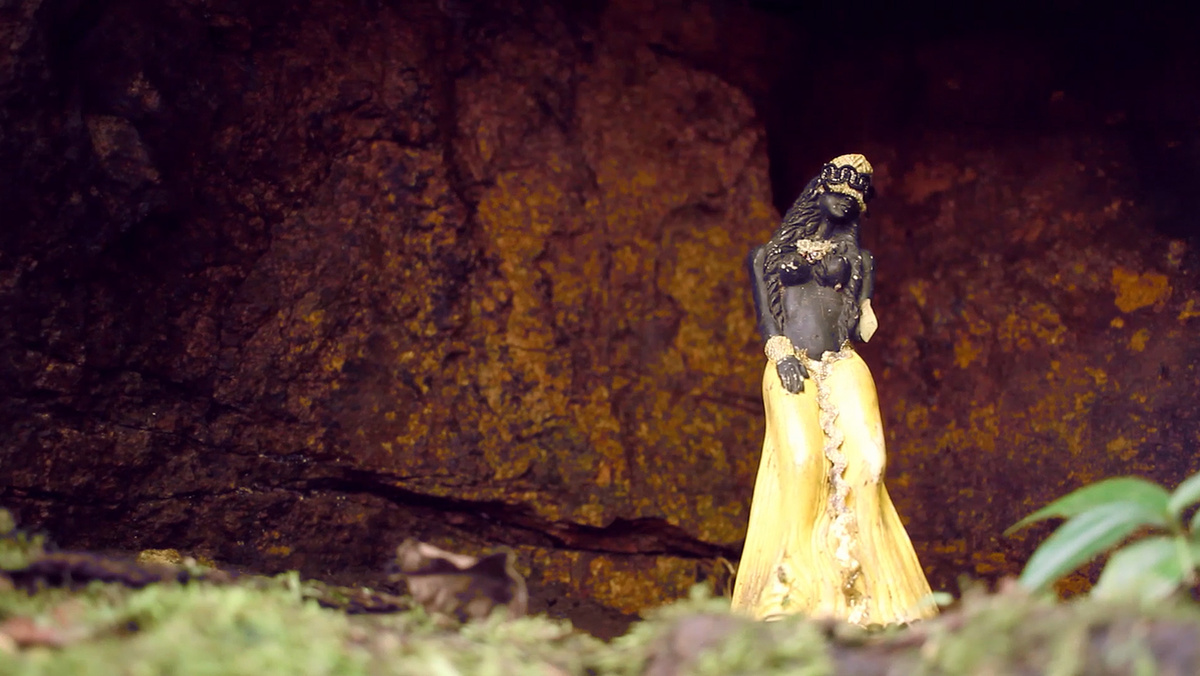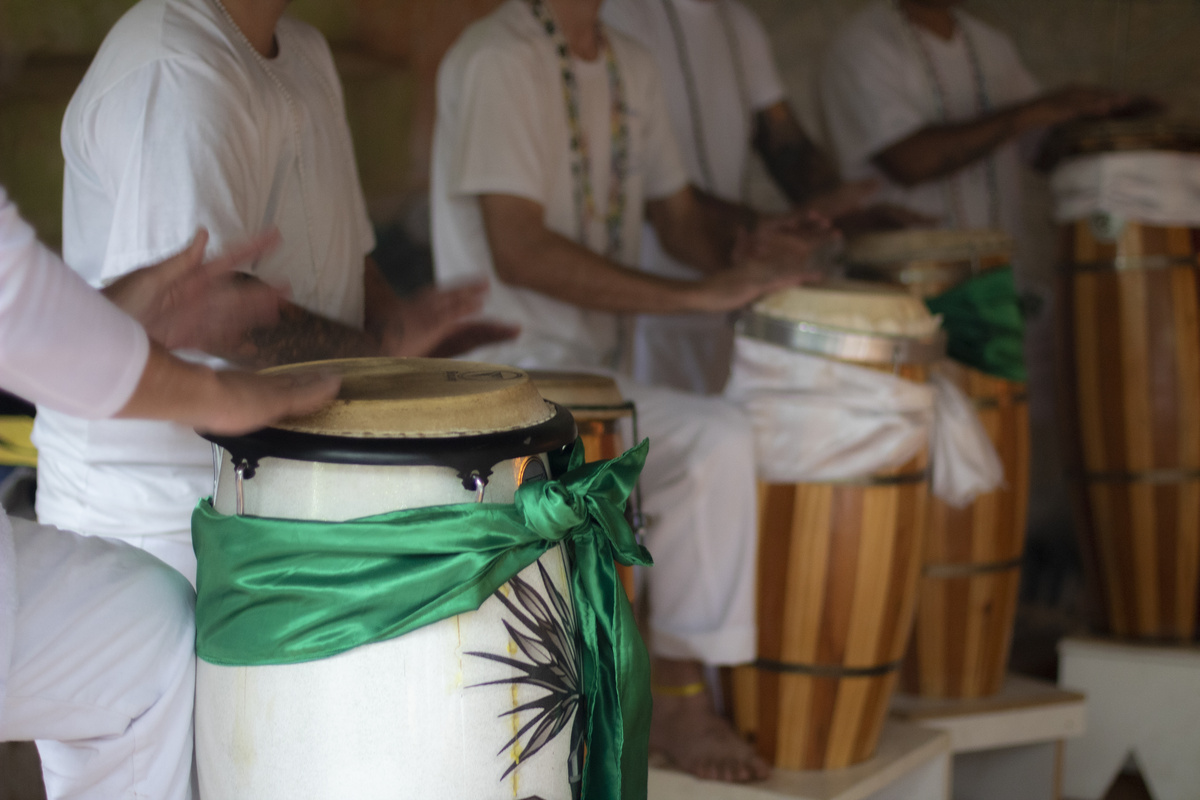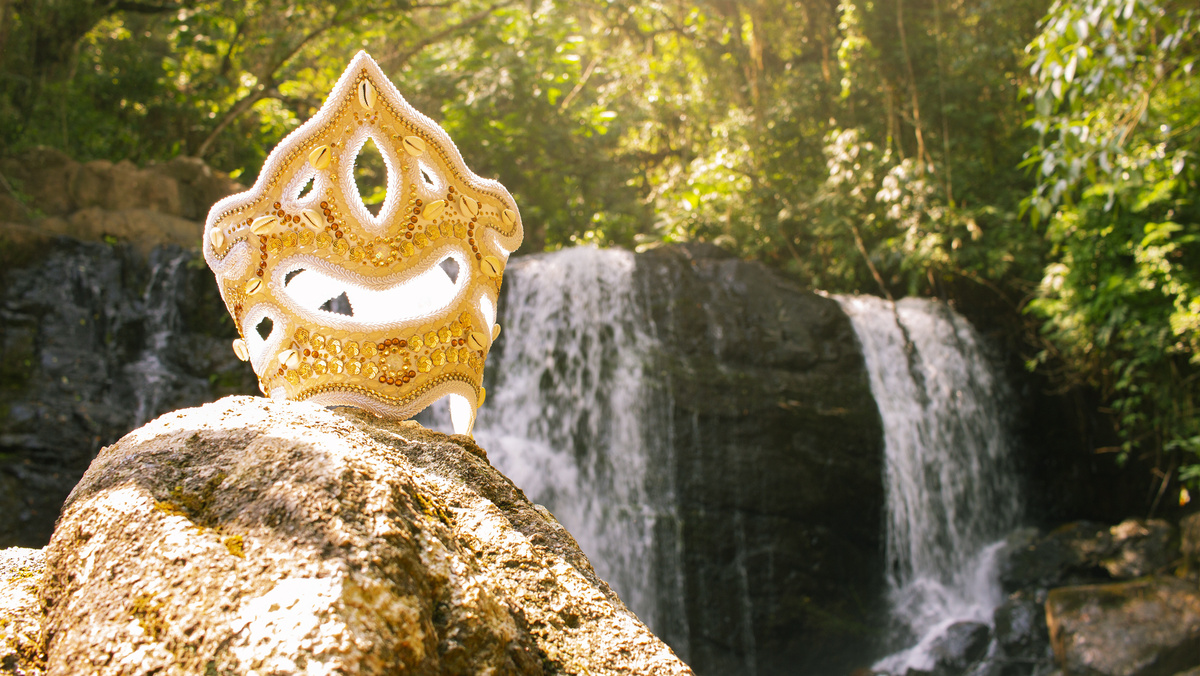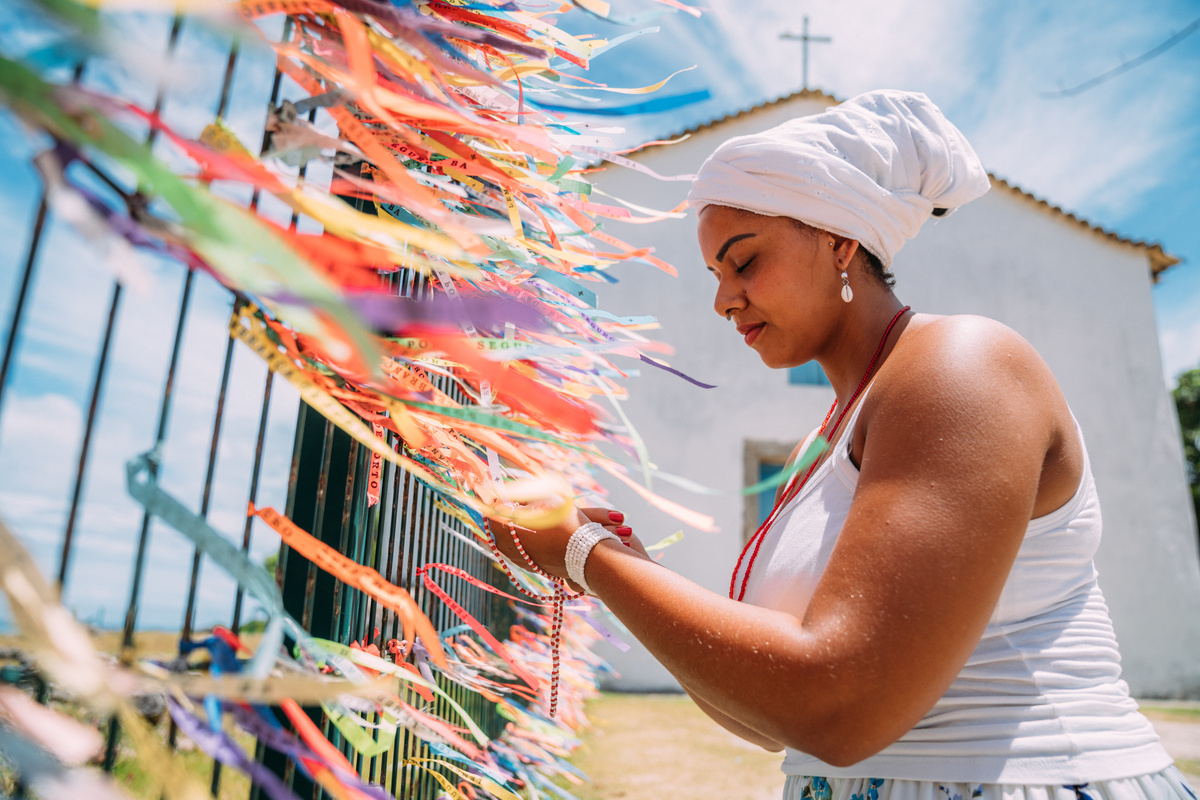Table of contents
Learn what are the Quizilas Oxum!

The quizilas or ewó are rules of conduct in candomblé and determine some attitudes of those who follow this religion. Some of them are universal, that is, common to all the orixás. However, others depend on the head orixá and even on the stage in which the child of that orixá is in the religion.
Oxum is the lady of sweet waters, orixá of wealth, love and fertility. Just like the other orixás, she has her own quizilas that must be followed by her children. These rules are highly related to the history of this powerful orixá and show attitudes and foods that Oxum rejects. To better understand what quizilas are, which are the ewós of Oxum and how to follow them, continue onreading!
Understanding more about Quizila or Ewó

Ewó means, in Yoruba, taboos. Thus, they are the rules and commandments of the Yoruba religion and of candomblé. These rules must be followed by the children of the orixás, mainly during the feitura de santo and the initiations.
In this section you will understand how quizilas work, what universal and behavioral quizilas are and how to undo a quizila. Read on and understand!
What is Quizila?
Quizila or Ewó are rules of conduct applied in candomblé and Yoruba religion, where they are usually required by the orixás for the making of the saint or when an initiation into Orumilá is made. These rules determine what an elegum (initiate in candomblé) can or cannot do or eat during a short or long period of his life.
Initiation into Ifá is done so that the initiate does not make the same mistakes that led him to death in his past life, which is why these rules of conduct are so important for initiates. In this practice, interdictions are made and proclaimed by the ialorixá or babalorixá, which are done after the rituals of panã and urupim, as well as a reading of the merindilogum.
The transgression of the Ewó is considered a serious fault by the entire religious community because it is considered an affront to the orixás. This behavior is subject to punishment that can range from the requirement of an offering such as a ritual food, or a four-legged animal, which works as an apology.
How does Quizila dos Orixás work?
All Orixás have in their offerings the foods that are of their predilection, or that are part of their constitution. Therefore, for those who are children of orixás there is a relationship between these food taboos and the prohibitions imposed by the African myths. Therefore, it is understandable that the prohibition to eat the material that form the orixá that represents them is made.
How to undo a Quizila?
To undo a Quizila is necessary that you have in hand a towel, clothes and a cap, all of white color. After the separation of these items you should take a bath of hominy at night and go to sleep with the clothes and the cap, for it to work is important that you do not try to clean yourself.
The next day you should take a bath, washing your head first, and after you remove all the ragweed that was left in your body from the previous night's bath you will have undone the Quizila.
Quizilas in candomblé and umbanda
When the term "Quizila do Orixá" is mentioned it usually refers to a food that has a negative energy or is incompatible with the Orixá you represent. This incompatibility is determined by your Orixá and if you make a mistake in this process it is considered a serious fault for the son of the Orixá.
Due to its origin in Candomblé, the term Quizila is not often used in Umbanda. However, many terreiros follow these Quizilas of their fathers as a sign of respect to the Orixás of their crown and to avoid any imbalance with their Orixás.
The Quizila serves as a rule of conduct, but if you fail to comply with one of them does not mean that you will be expelled or die. The importance of the rules of conduct exists as a form of respect for the Orixás, if any rule is violated you must deal with the consequences. That is why it is necessary to make some offering as an apology.
Universal Quizilas
Here is a list of the main quizilas that should be avoided by Orixás in Candomblé. Remembering that it is not mandatory that you follow this list. The ideal is to follow the recommendations of your father or mother of saint.
- Avoid eating meats on Mondays and Fridays.
- Wear white clothes on Mondays and Fridays.
- Do not go under stairs.
- Don't eat pumpkin.
- Do not wear black or red clothing.
- Avoid cemeteries.
- Do not eat the tips like feet, heads and wings of birds.
- Do not take oaths in the name of the Holy.
- Don't wish ill on other people.
- Avoid going through places that you get fire in your back.
- Do not pay or receive money when you are fasting.
- Avoid eating fruits like cajá, fruta-do-conde, jaca or sapoti.
- Son of Oxóssi does not eat red corn, nor green corn.
- Don't eat pigeon meat or guinea fowl.
- Don't have peacock feathers in the house.
- Don't sweep your house at night.
- Do not sew button on clothing on the body.
- Do not eat the burnt food from the bottom of the pans.
- Do not eat bertalha, or jambo leaves.
- Don't eat cucumber.
Behavioral quizzes
Besides the Quizilas that refer to food restrictions, there are also behavioral Quizilas that indicate the rules of behavior that need to be followed in your day to day. Therefore, it is very important to be aware of rules such as:
- Receive any object or food with both hands;
- Always feed with the head uncovered;
- Do not go under wires;
- Do not go out on the streets or from the house of candomblé at noon, midnight or 6 p.m.
Quizilas de Oxum

Oxum is the lady of sweet waters, beauty, love, fertility and prosperity. Daughter of Iemanjá and Oxalá, in the religious syncretism is worshiped with the various "Our Ladies". Like the other orixás, Oxum has rules of conduct for their children.
The Oxum quizilas are strongly related by the characteristics of the Orixá, such as avoiding eating freshwater fish, red shrimp or pigeon, for example. To better understand the meaning of each restriction continue reading.
Tangerine
Not all quizilas have clear meanings, but come from stories lived by the orixá and its qualities. Tangerine, for example, is a fruit that should be avoided by the children of Oxum. However, it is not known exactly why this prohibition.
Some report that the fruit is symbolic of Iansã, the first wife of Xangô, who was Oxum's husband. And, perhaps, that is why Oxum does not like the fruit in question.
Chicken carcass
The consumption of animal carcasses, in general, is forbidden by many orixás. This is because the intention of the orixá when giving taboos to his son is to keep him away from negative energies, such as those arising from animal carcasses, cemeteries and certain colors. Thus, if you are a son of Oxum and you are being initiated, you are advised to avoid animal carcasses, especially chicken carcasses.
Red Shrimp
Shrimp is one of the main ingredients of Omolucum, an offering made to Oxum in the obligations and that highlights her power of fertility. However, despite being a ritual food for Oxum, one of the taboos states that one should not eat food that is part of the offerings of her head orixá.
Thus, the children of Oxum should not eat shrimp or other ingredients of Omolucum, except at the time of the offering, when the son of saint should eat together, so that Oxum is not offended.
Horsetail
Horsetail tea is often used for weight loss, because it generates effects considered negative to the body. Contradicting the idea of nutrition and health considered fundamental to Oxum, which is reflected in the prohibition of this herb.
Beans
Like shrimp, beans are used as an offering known as Omolucum and offered directly to Oxum. This food is not totally restricted to the children of Oxum and can only be consumed during rituals performed for the Orixá.
Tapioca
Following the same principle that it becomes an Ewó the food that is served only in offerings to Oxum. Tapioca should also not be eaten outside the rites performed for Oxum.
Chicken
The chicken symbolizes protection for their chicks, besides being the lady of fertility. It can be associated with the characteristic of Oxum as protector of pregnant women. For this reason, it is not allowed to feed on chickens.
Pigeon
There is a story in which Oxum was transformed into a pigeon to save herself from the prison that Xangô had left her. Thus, for the children of Oxum it is forbidden to eat pigeon meat.
Pineapple
The pineapple is an abominable fruit for Oxum because of the relationship that this fruit has with the Orixá Obá. They rival each other out of jealousy of Xangô who is married to both.
The Quizilas are rules of conduct of candomblé and Yoruba religion!

The quizilas, or ewó, are the rules and interdictions of candomblé and the Yoruba religion. That is, they are the food, behavioral and color prohibitions designated for the children of the orixás. These rules of conduct are determined by tastes and events in the history of the orixá that mark the foods and behaviors that are bad for that orixá as well as for their children.
Some ewós are common to all practitioners of this religion. However, while a food is forbidden for one orixá, it may not be for another. To find out which rules of conduct you should follow, it is important to know your head orixá, as well as your destiny (Odù), identified by consulting the oracle.
If you are son of Oxum, lady of sweet waters, the main quizilas are freshwater fish, red shrimp, pigeon, tangerine, chicken carcass, mackerel, among others brought in this article. Avoiding these foods, as well as the behavioral quizilas, is essential to avoid damage in the present and in the future.
After all, if the quizila is bad for your head orixá, it won't be good for you either. Following these rules is essential not to lose the energy of your orixá and to achieve your purpose in life. By avoiding certain behaviors you are not depriving yourself of something, but following the path indicated by your orixá to fulfill your mission.

